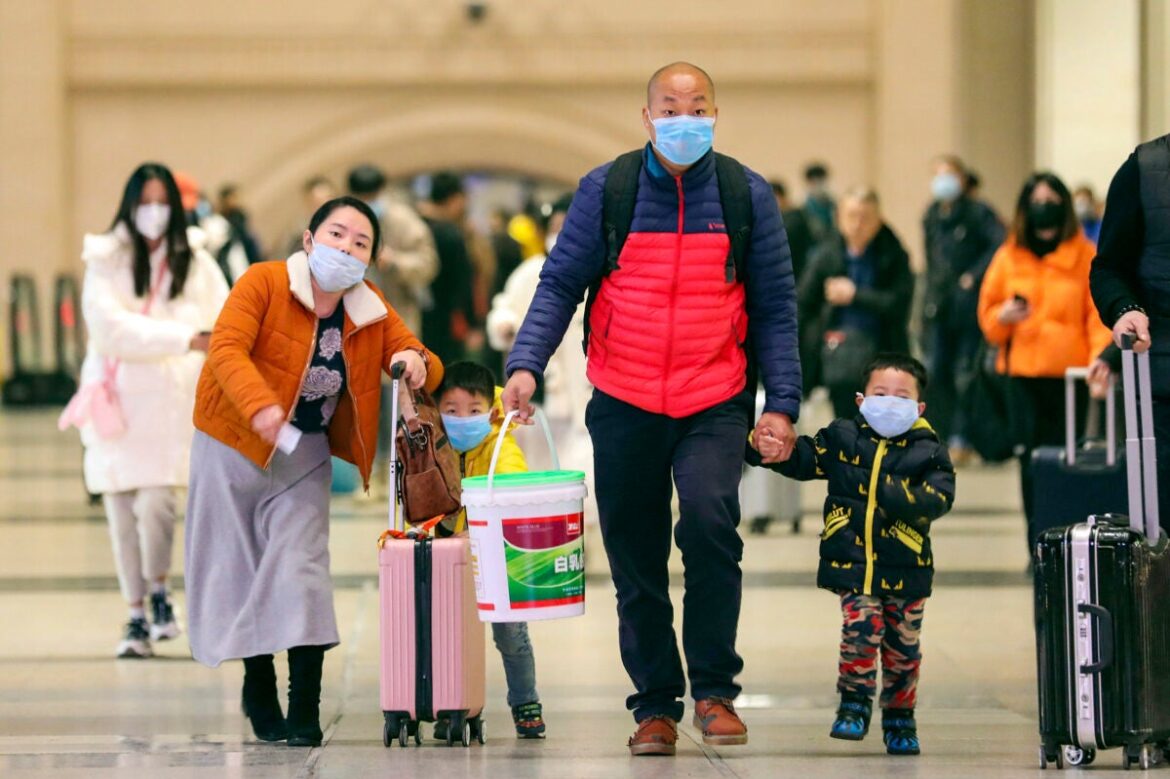A modeling study looking at more than 32,000 confirmed coronavirus cases in Wuhan, China, offers fresh insights into features of the virus, including ease of transmission, effectiveness of nonpharmaceutical interventions such as social distancing and face masks, and the impact that undetected cases have on the spread of the disease.
The analysis, published in the journal Nature, underscores the stealthy nature of the virus and adds to a growing body of research that suggests people infected with COVID-19 who went undetected or were asymptomatic, presymptomatic, or had only mild symptoms have been significant spreaders of the disease.
Using statistical and epidemiological modeling to reconstruct the outbreak in Wuhan from Jan. 1 to March 8, researchers found that up to 87 percent of cases in the city during that time may have gone undetected and transmission rates during some of the earliest days could have been as high as 3.54 infections per single case. (A rate above 1 signifies rising spread.) It’s a figure that was only controlled because of widespread and strict containment measures and lockdowns, hammering home the importance of interventions like face masks even in curtailing undetected infections, according to the paper.
The researchers, including Harvard Professor Xihong Lin and a team of scientists from Huazhong Science and Technology University in Wuhan, believe that undetected infections — from sources including people who were asymptomatic, presymptomatic, or had only mild symptoms — likely played a substantial role in the fast spread of the disease and could become one of the leading factors for a possible second wave of infections if restrictions are lifted too early.
“There are important consequences to those undetected cases,” said Lin, a professor of biostatistics at the Harvard T.H. Chan School of Public Health and a professor of statistics at the Faculty of Arts and Sciences. Put simply: “Even though they are undetected, they are still infectious. It’s important to avoid reopening too early without vigilant control measures, because when the number of detected cases is not low, the numbers of undetected cases, or unascertained cases, are not low either. They are even bigger.”
The study comes as nations around the world battle to control their outbreaks. Some have been sliding backward. Many states in the U.S., for instance, have seen record surges after reopening before the outbreak was reined in. California on Monday announced major rollbacks, closing gyms and museums and halting indoor dining at restaurants.

